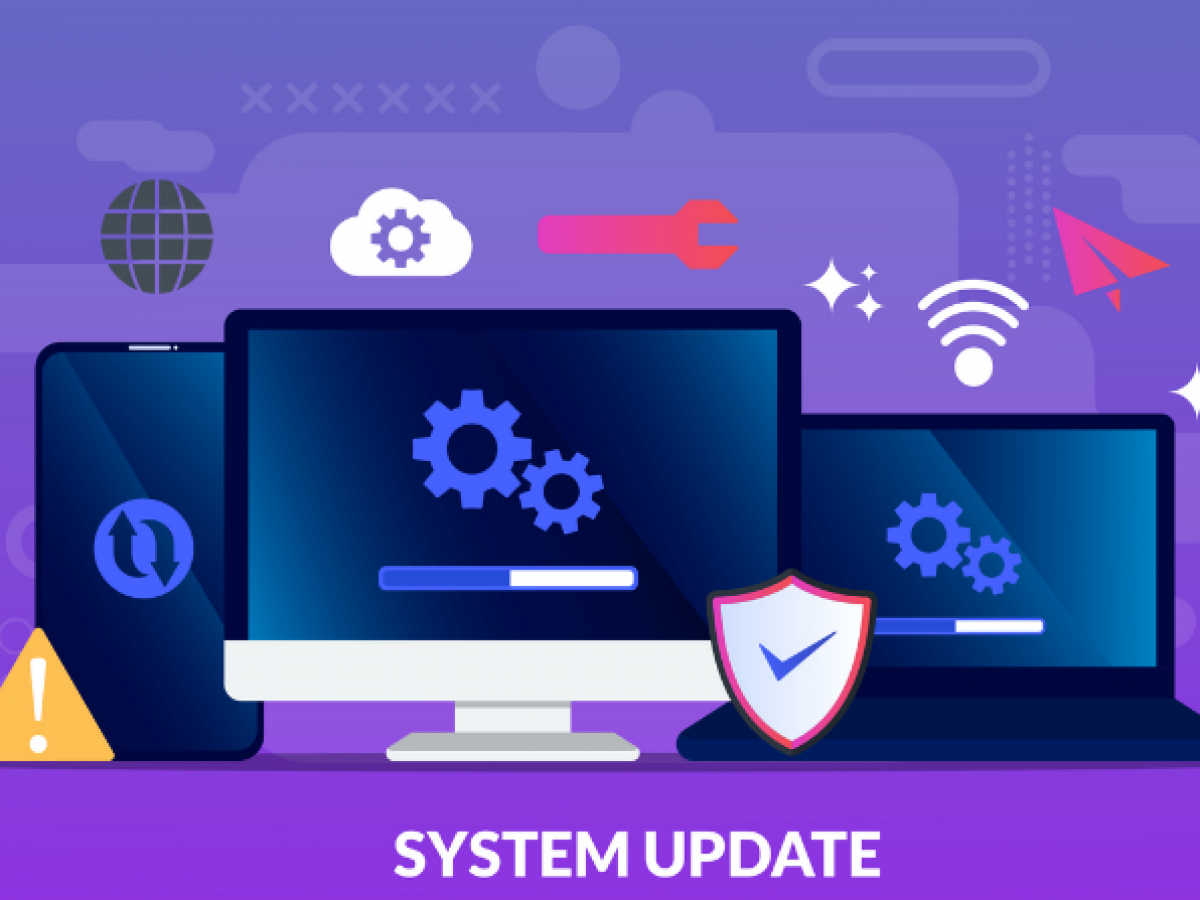We are back with the third installment of our Brilliance in the Basics series. Today, we’re diving into an incredibly simple yet crucially important topic for your cybersecurity: the power of installing updates.
We all know the feeling—you’re in the middle of a task on your device, and a notification pops up, “A new update is available.” It’s tempting to hit “Remind me later” and carry on with what you were doing. But here’s the thing: those updates are more than annoying interruptions. They’re essential protective measures for your digital life.
But why are updates so important?
Let’s break it down.
1. Updates Patch Security Vulnerabilities
Software developers constantly test and tweak their products to find and fix vulnerabilities. These are weak points that hackers could exploit to gain unauthorized access to your device or personal information. When you install an update, you’re closing off these potential entry points, making your device tougher to infiltrate. Microsoft, Apple, Google, and others often make monthly or quarterly software updates available to users for free.
2. Updates Enhance Functionality
Updates often come with improvements to software performance and new features. By keeping your devices updated, you ensure you’re getting the most out of your digital tools.
3. Updates Ensure Compatibility
Software and apps are designed to work together. When one app gets updated and others don’t, it can lead to compatibility issues. Regular updates help everything work smoothly together.
Now, let’s move from the ‘why’ to the ‘how’. Here are some actionable steps you can take to stay updated and secure:
ACTIONABLE STEPS
1. Turn On Automatic Updates
Most devices and software have an option to automatically install updates. It might seem like a small thing, but it’s a significant step towards enhancing your cybersecurity.
2. Regularly Check for Updates
Even with automatic updates turned on, it’s worth manually checking for updates periodically. Some updates might require your permission, or your device may not be set to check for updates often enough.
3. Don’t Forget About Your Smaller Devices
It’s easy to remember to update your computer or smartphone, but what about your smart TV, home security system, or other IoT devices? These can be vulnerable to attacks, too, so make sure you’re keeping them up to date.
4. Be Patient
Updates can take time and might slow down your device temporarily, but the security benefits are worth the wait. Be patient and let the updates fully install.
5. Remember, Updates Are Part of the Cybersecurity Puzzle
While updates are important, they’re just one piece of the cybersecurity puzzle. You also need to consider other aspects like using diverse passwords, configuring two-factor authentication, installing an antivirus software, and maintaining data backups. We’ll be covering these topics in more depth in the following parts of this series.
Key Takeaways:
- Updates patch security vulnerabilities, enhance functionality, and ensure compatibility.
- Enable automatic updates where possible and check for updates regularly.
- Don’t neglect smaller devices like IoT devices.
- Be patient during updates—they’re worth the wait.
- Updates are part of a larger cybersecurity strategy.
So, next time you see that update notification, remember: that little pop-up is a powerful tool in your cybersecurity arsenal. Don’t put it off—install that update and give yourself the peace of mind that you’re doing your part to protect your digital life.
Look out for Part 4 of our series where we’ll discuss the importance of endpoint protection.
Until next time, stay #CyberSmart.
